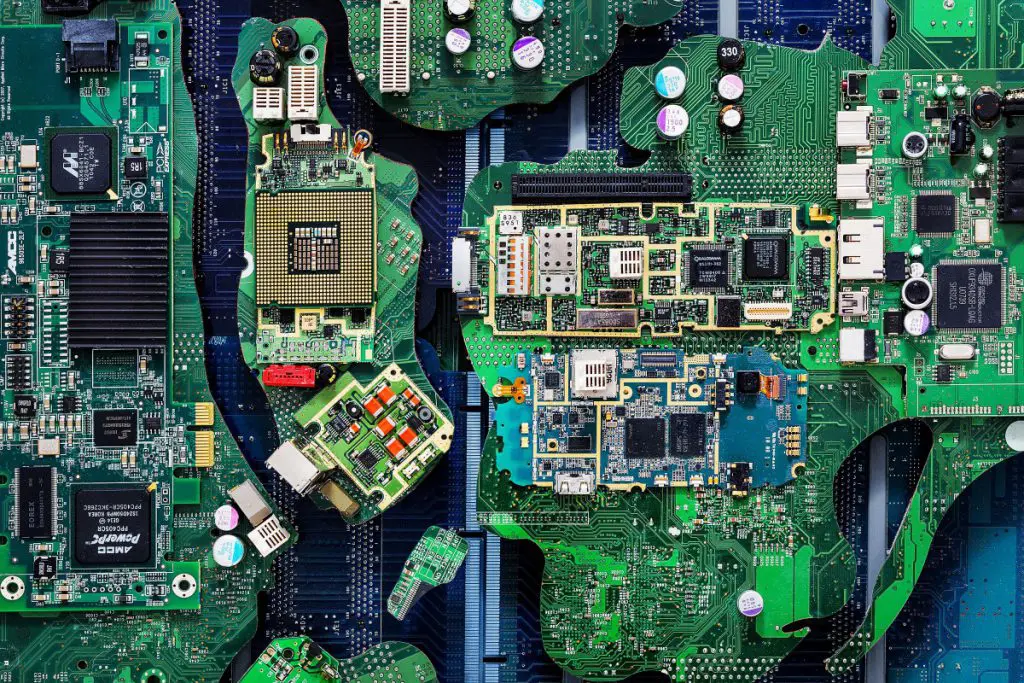Global – Around 18 million tonnes of valuable resources are thrown away in the EU each year – stored in end-of-life consumer products such as vehicles, batteries andelectronics. This tonnage equates to the weight of 3 million African elephants, so the Urban Mine Platform reports.
The Urban Mine Platform has built an extensive database, allowing it to present the flows of precious and base metals as well as critical raw materials in products in use and throughout their journey to end-of-life in the EU.
The EU, Norway and Switzerland generated around 10.5 million tonnes of electronics scrap in 2016 – approximately 23% of the world total. Each year, some 2 million tonnes of batteries and around 8 million tonnes of vehicles reach their end-of-life phase, the platform adds.
‘All represent a rich source of secondary critical raw materials,’ it is noted. The recently-published Global e-Waste Monitor reported that the 44.7 million tonnes of e-scrap (not including vehicles) generated in 2016 contained Euro 55 billion worth of precious metals and other high-value materials.
The Urban Mine Platform has created charts detailing the number and types of products placed on the market, stocks, compositions of key components, and statistics relating to the volumes of waste generated in previous years.
The information is described as ‘a state-of-the-art knowledge base, using best available data in a harmonised and updateable format, which allows the recycling industry and policy-makers to make more informed investment and policy decisions to increase the supply and recycling of secondary raw materials’.
Pascal Leroy, secretary general of the Brussels-based WEEE Forum, comments: ‘Three years in the making, this consolidated database is the world’s first one-stop shop knowledge data platform on critical raw materials in waste products.’
The market data are ‘easy to access, structured, comprehensive, peer-reviewed, up-to-date, impartial, broad in scope, standardised and harmonised, and verifiable’, according to Leroy.
Jaco Huisman of the United Nations University adds: ‘Until now, data on such critical raw materials have been produced by a variety of institutions, including government agencies, universities, NGOs, and industry, with the information scattered across various databases in different formats and difficult to compare or aggregate and often representing an outdated snapshot for a certain year only. This effort helps remedy that problem, and enables the identification of so-called “hotspots” – the largest stocks of specific materials.’
Don't hesitate to contact us to share your input and ideas. Subscribe to the magazine or (free) newsletter.



